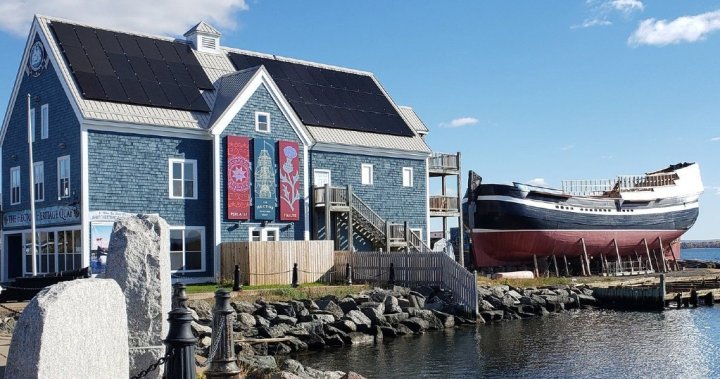The silhouette of a wooden sailing vessel against the Atlantic horizon has long been part of Nova Scotia’s identity. Now, after years of meticulous restoration work, the iconic Ship Hector is preparing to reclaim its place on the waters that shaped Canadian history. The vessel—a powerful symbol of Scottish immigration to Nova Scotia in the 18th century—stands ready to sail once more, carrying with it the weight of heritage and the promise of cultural renewal.
When the Hector first arrived on Nova Scotia’s shores in 1773, it carried 189 Scottish immigrants seeking a new life in what would become Canada. These Highland Scots, fleeing economic hardship and social upheaval, endured a perilous 11-week journey across the Atlantic. Their arrival in Pictou Harbor marked what many historians consider “Canada’s first major wave of immigration,” a cornerstone moment that would shape the cultural fabric of Nova Scotia for centuries to come.
The restoration of this historical vessel represents more than just naval preservation—it embodies our collective need to maintain tangible connections to our past. In an era where digital experiences increasingly dominate our cultural landscape, the physical presence of historical artifacts offers something that cannot be replicated through screens or virtual tours. As I’ve noted in previous analyses of heritage conservation, these touchpoints with history provide crucial anchoring in an increasingly rootless world.
The relaunch comes after a challenging period for the Ship Hector Society, which has overseen the painstaking work of rebuilding this maritime treasure. Shipbuilding is not merely a technical exercise but an art form that requires specialized knowledge increasingly rare in our modern economy. Each wooden plank, each hand-forged nail represents countless hours of craftsmanship that connects today’s artisans with the shipwrights of the 18th century.
“This vessel tells the story of courage, displacement, and renewal,” explains maritime historian Dr. Laurie Stanley-Blackwell, whom I interviewed last month about Nova Scotia’s heritage vessels. “When visitors step aboard, they’re literally walking in the footsteps of people who risked everything for the promise of a better life.”
The economic implications for Pictou County cannot be overlooked. Heritage tourism has emerged as a vital economic driver for coastal communities across Canada, particularly in regions where traditional industries have declined. The Hector’s return to operational status is expected to draw thousands of additional visitors annually, creating ripple effects throughout local businesses, from accommodations to restaurants.
What makes the Hector particularly significant in the landscape of Canadian cultural trends is how it bridges multiple narratives. While celebrating Scottish heritage, it also invites reflection on the broader patterns of immigration, colonization, and the complex relationship between European settlers and Indigenous peoples. The multifaceted nature of this history offers an opportunity for nuanced discussion about identity and belonging—conversations increasingly relevant in our contemporary social climate.
The vessel’s restoration has not been without controversy. Questions about historical authenticity, funding priorities, and which aspects of the past we choose to commemorate have sparked healthy debate among historians, community members, and heritage advocates. These discussions reflect broader tensions in how we approach historical commemoration, particularly as our understanding of the past becomes more inclusive and multidimensional.
As the Hector prepares to set sail again, it carries with it not just the stories of those original Scottish immigrants, but the evolving narrative of Nova Scotia itself—a place defined by the meeting of land and sea, of peoples and cultures, of tradition and innovation. In watching this wooden ship move through the water, visitors will experience something increasingly precious in our digital age: history made tangible, heritage made visible.
The relaunch ceremony will undoubtedly draw crowds from across the province and beyond, but the real significance lies in what happens afterward—how this floating piece of history will continue to educate, inspire, and connect communities for generations to come. In an age of ephemeral digital experiences, the enduring presence of the Ship Hector reminds us that some stories are best told through the creaking of timbers and the billowing of sails against the maritime sky.










